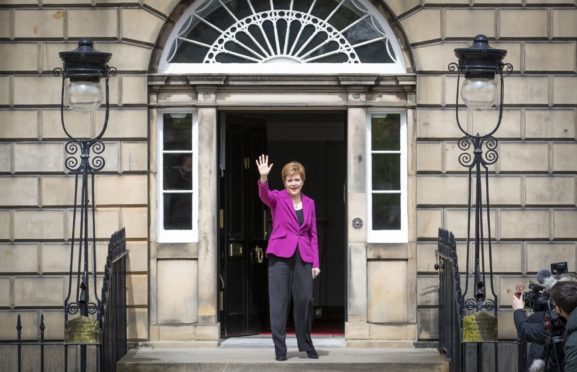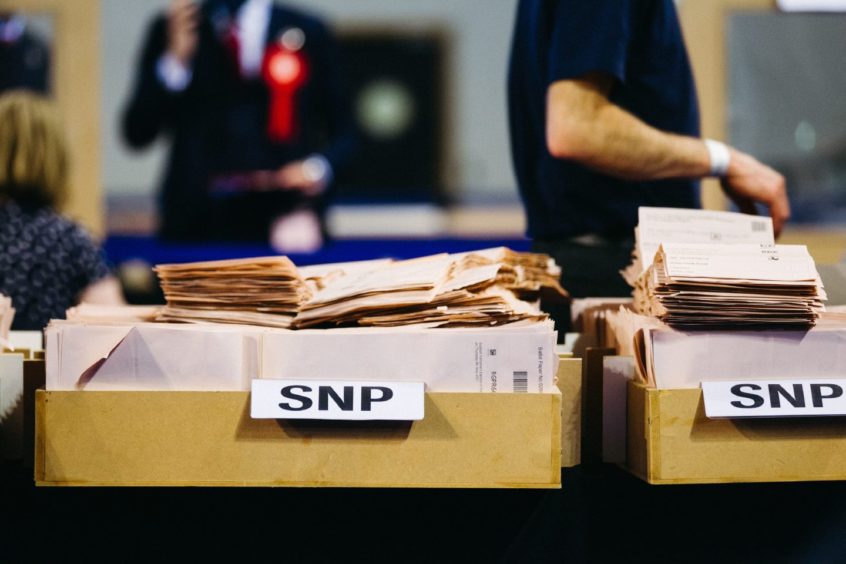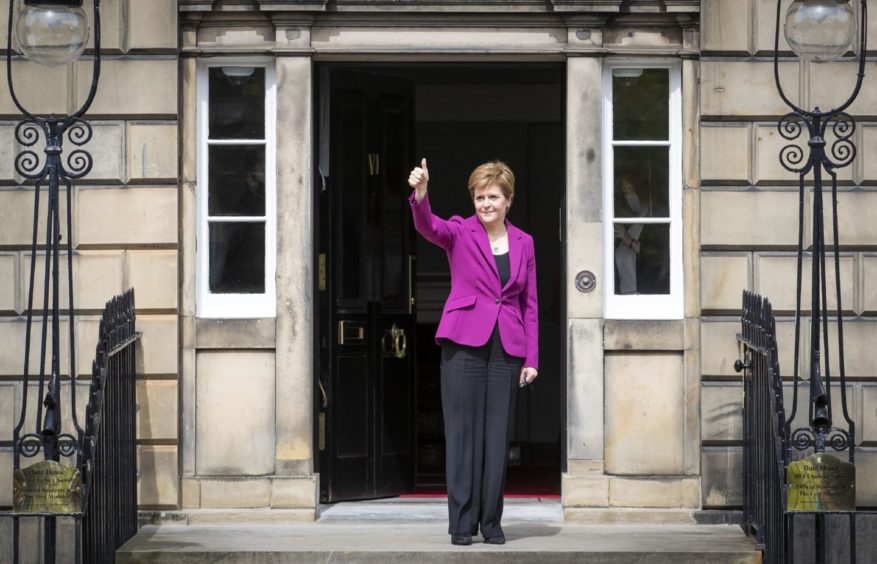The settled will of the people? They don’t like Alex Salmond. Beyond that, who knows?
It’s a major problem for Scotland. The impasse between Edinburgh and London on Indyref2 restricts our national debate to the narrow confines of the constitution. We’ve been here for 14 years, and that’s not good.
Since 2007, our education standards have slipped, poverty is on the rise, our ranking in global wealth has fallen and economic growth is down. Include an exhausted NHS and an ageing population and things look miserable.
This decline has many factors beyond SNP governance but it requires an honest discussion which can’t happen while the union question remains unsolved.
The SNP’s focus since the election has been to suggests it is Boris Johnson who must act, by making a second independence referendum legal.
The implication is that something happened at the ballot box last Thursday (May 6) which makes this imperative. In fact, not much changed.
Comfort in numbers
The 2021 election returned a pro-independence majority of greens and the SNP. The same result, bar a couple of extra MSPs, as in 2016.
Winning a fourth term is impressive, while increasing vote on an increased turnout. The SNP are good at parliamentary elections – light years beyond rivals.
As for the Tories in 1951, or Labour in the 1980s and 1990s, nearly half of us voted SNP in 2021. We tend to pile in on one party. There’s comfort in numbers.
However, just as in 2016, and the 2017 and 2019 UK elections, the SNP went out of its way to deny a vote for them was a vote for independence.
Five years ago, Nicola Sturgeon said in a BBC debate: “You don’t have to believe in independence to support the SNP”.
Ten days ago she told another BBC debate: “A vote for the SNP is not a mandate for independence”.
Her words, her choice.
By her logic, the victory is affirmation of the SNP as a party of government, not a mandate for Indyref2. It has always seemed an odd thing to say, for a referendum party.
Sturgeon said it would be “democratically unsustainable” to resist an SNP majority. She said this in 2017 when explaining the “triple lock” – a spin doctor’s wheeze that has since evolved into the “settled will”. The triple lock referred to a majority at Holyrood, a majority of Scottish seats at Westminster and a Holyrood vote in favour of Indyref2.
Since then the SNP have dominated elections, passed a referendum act in 2019 and now plan to pass another. During this time, democracy and the union has sustained.
Change of game required
“Settled will” was last banded around in the mid 1990s to describe the desire for devolution.
In 1997, pro-devolution parties won 80% of the vote. The pro-independence share this year (the Greens and the SNP) is just under 50% in both constituency and list votes.
The SNP have been using the same electoral tactics, the same rhetoric and the same gestures since 2016. So far, no referendum.
Which means the onus is on the Scottish Government to change the game. However, they have boxed themselves in on tactical options.
Support for change would have to be running at around 70% for the bitter pill of bad economic news to be swallowed
Under Sturgeon’s leadership, the SNP plan an honest assessment of the risks and rewards of independence. In short, they will admit there are going to be cuts. That requires Scotland to genuinely have a settled will to leave the UK, so that voters will accept the downside.
Support for change would have to be running at around 70% for the bitter pill of bad economic news to be swallowed without making Scots sick. It would require the entire Labour vote becoming pro-independence, which is unlikely.
The alternative is to change the big ask of Indyref2 into pragmatic requests for more powers. Identify something all Scots would see as reasonable, and press for that. It might win over those Labour voters.
Sturgeon won’t do that, as she is fixed on the old “independence, nothing less” mantra.
For all the public indignation from the pro-independence camp of the last few days, privately they know they are in a spot.
A question of passion
The longer they wait, the greater the impression that the leadership team simply can’t resolve independence-related problems.
Fixing matters of currency, coping with a share of the UK’s huge national debt and honouring promises on fairness when budgets are cut are not easy matters to answer.
We have been cash bombed for decades, and arguably suffered from more money than sense
This will feed into the idea that Sturgeon is not simply happy to wait till 2023, but finds her passion for independence waning altogether. She would deny that outright, but it’s an impression gaining ground in London.
Holyrood voice, Westminster money
For the Indy faithful, this is clearly a problem, but for Scots in general, the SNP might have achieved the perfect result. A strong Scottish voice in Edinburgh with a bumper spending packet from Westminster.
More money is always nice, but it won’t fix those issues about public services, or declining standards. We have been cash bombed for decades, and arguably suffered from more money than sense.
If Sturgeon and the SNP care for Scotland, they need to come up with something that breaks the impasse. We await surprises.
Read more by Alex Bell:
- You say you want a revolution but Indyref2 will be a long haul however well the SNP do in the election
- Line of Duty and the George Floyd verdict shine a light on our own bent society – and this drama has no happy ending
- Don’t fall for the Roaring Twenties narrative – you’ll need your savings post-pandemic



